Ready to turn your street bike racing dreams into reality, or even just considering it? The Utah Sport Bike Association (USBA) is here to help. This non-profit, all-volunteer organization is dedicated to promoting motorcycle safety, education and, yes, racing.
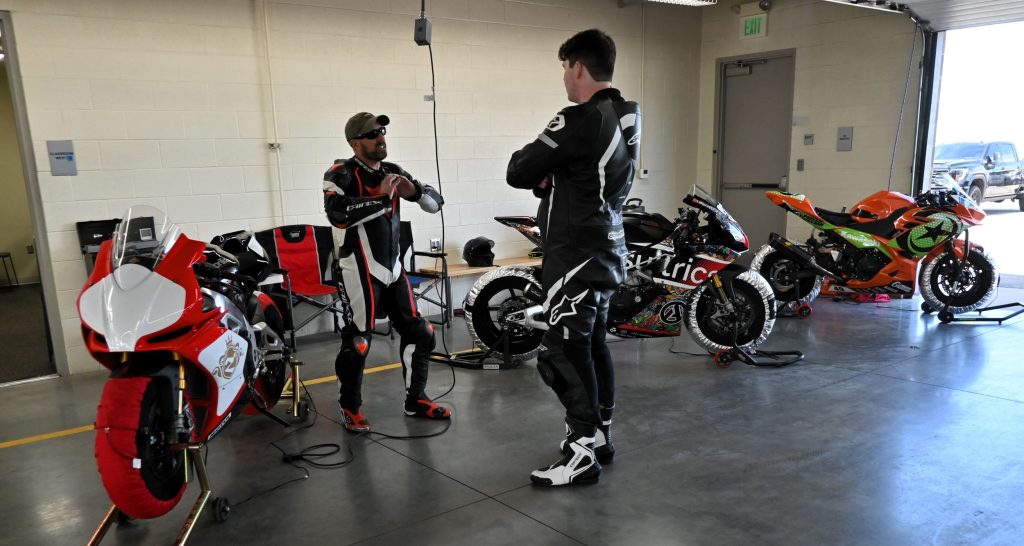
Dive Into USBA Racing
Licensed race riders can compete in the adrenaline-pumping five-round Utah Motorcycle Law Masters of the Mountain superbike series. Races are run on various configurations of the Utah Motorsports Campus (UMC) road course. Whether you’re a novice or expert, there’s a class for most types of street bike from lightweight to unlimited.
Prefer something different? USBA also hosts Supermoto racing and practice sessions for both juniors and adults. With six rounds on UMC’s kart track, racers get a mix of asphalt-only and combined asphalt and dirt courses. It’s a budget-friendly way to dive into the racing world, perfect for both kids and adults.

USBA Education Opportunities
For riders wanting to pursue a motorcycle racing license for the first time, or who’ve been away from racing for a while, USBA’s New Rider Certification (NRC) is one ticket to the track. Held once or twice a year with APEXtrackdays weekends, NRC combines classroom and track sessions, including practice race starts and a mock race.
Looking to up your game? Advanced Rider Training (ART) takes your skills to another level. It teaches the techniques the top riders in the country use, but adapts them to students’ individual experience and speed levels. ART is typically offered twice a year.
Finally, every superbike race weekend includes a Street GP course, where riders can practice race starts and experience an actual “mock” racing event. From street cruisers to track day regulars, everyone can get a taste of the action.
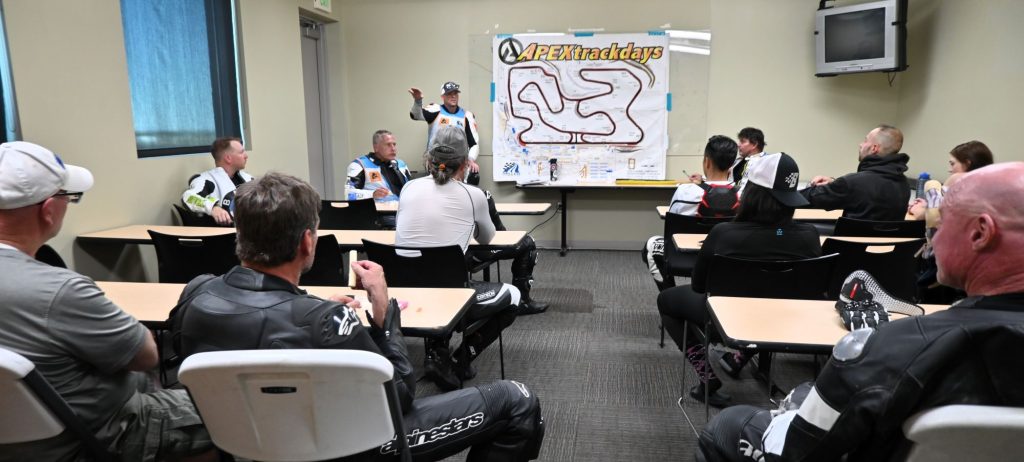
USBA Street GP
I got to follow a Street GP class and the energy was high! For just $125—a fraction of what other USBA racers pay—riders get real racing experience on their own motorcycles. Only track-day level preparation and equipment are required (race leathers, boots, gauntlet gloves, and a full-face DOT helmet).
On July 6th, 16 students, including young, middle-aged, and senior riders, gathered for a day of learning and racing. Classroom sessions covered track safety, racing lines, high-speed dynamics, and more. After each track session, students regrouped to discuss improvements with experienced instructors.
One rider even took a tumble at the Blackrock Hairpin, a tricky turn on UMC’s West Course. Thanks to safety gear and track design, he was uninjured. However, the incident sparked valuable discussions about track safety including what not to do when another rider is down.
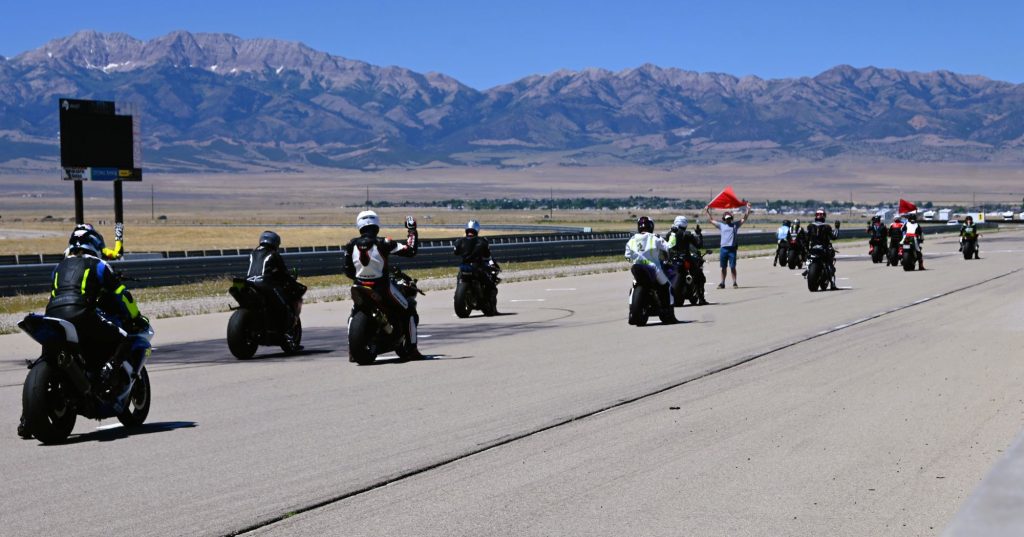
Street GP Mock Race
Riders get four fifteen-minute track sessions. The last session is what makes the Street GP course drastically different from non-racing motorcycle track days.
The procedure was spelled out in the classroom. Students would ride a sighting lap to re-familiarize themselves with the course. Then they would line up at grid markings on the front straight. Once the red starting light went dark, riders launched from a standing start and raced through turn four.
Next, students were to back off the throttle and re-grid on the front straight. This time when they got the red starting light they were to launch and race to the checkered flag: a multi-lap shootout much like what race groups experience every USBA weekend.
That all sounds straightforward. However, it became apparent that two mock starts were really valuable. About one-third of the class was slow to launch the first time, with some riders in the back quickly passing those gridding near the front. On the second start, everyone launched nearly together. As one of the instructors later said, “that red light changes everything.”
Another benefit of two mock starts was that riders got two opportunities to get used to the whole race group diving into that first turn together. That’s the point in any race from a standing start where vehicles tend to be in close proximity while negotiating the turn and looking for an advantage.
Student Reactions
Post-event, I chatted with the riders. All spoke highly of the experience. Common themes were learning a lot more about their limits and taking their skills to another level.
Ash, from Phoenix, had raced street bikes years ago and was trying to get back into it. He’d attended a recent track day, but found that it wasn’t knocking the rust off like he’d hoped. The Street GP course, on the other hand, put him in regular contact with instructors who got him much closer to his former abilities. He unhesitatingly recommended the program.
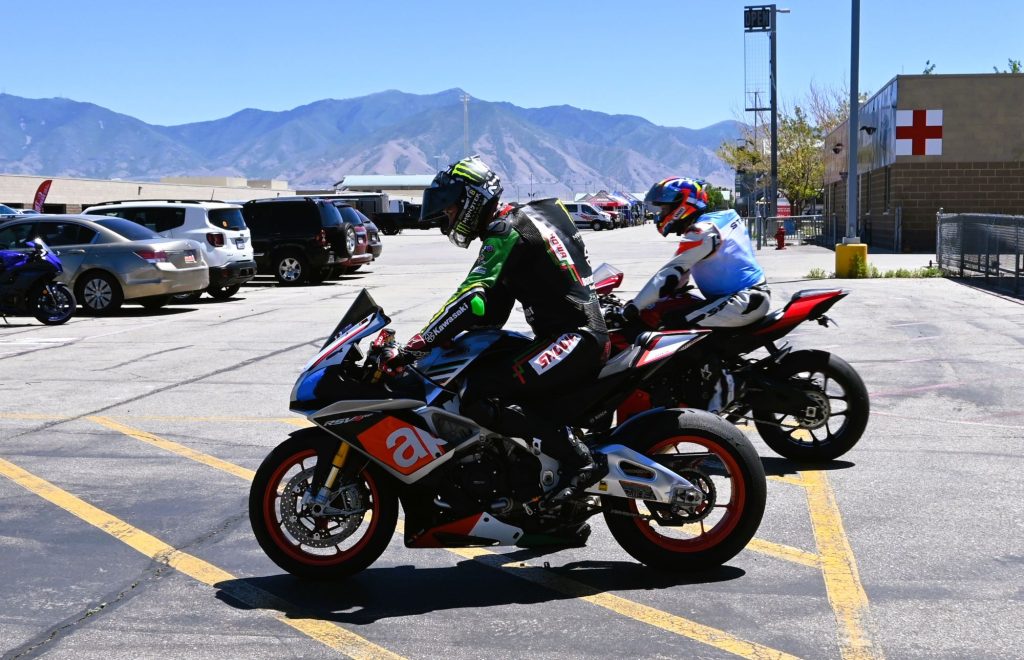
Behind the Scenes at USBA
USBA runs on volunteer power, led by a president, a dedicated board of directors, and other hard-working officials. Current President David Meyer, also a Street GP instructor, is incredibly helpful.
Dave had great things to say about the fantastic sponsorship USBA gets from Utah Motorcycle Law and other organizations. He also spoke highly of relationships with APEXtrackdays and UMC.
USBA’s work doesn’t just stay on the track: it makes motorcyclists safer on the streets too. The skills learned on the track translate to better, safer riding in all environments. There is at least anecdotal evidence that USBA participants have fewer accidents.
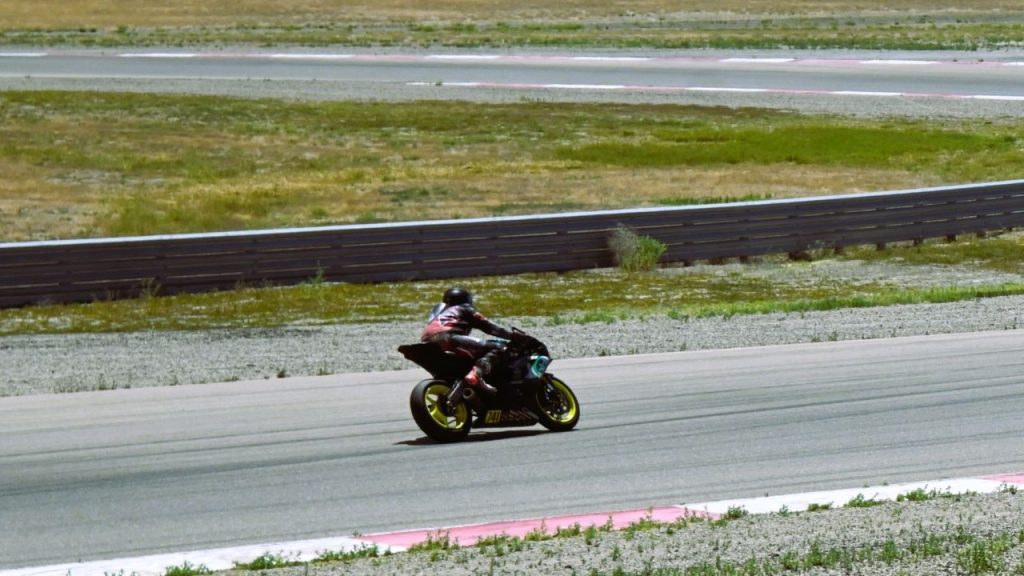
Upcoming Opportunities
Check out www.utahsba.com for upcoming opportunities to learn to race your motorcycle. The next superbike weekend is August 3rd & 4th, which includes the Street GP course. An ART class is scheduled for August 11th, and the final superbike round on September 14th & 15th. Remaining supermoto rounds are August 18th, September 8th, and September 29th.
Spectators are welcome and admission is free. Most riders are happy to chat and encourage potential new racers. Don’t miss out on the excitement!
© 2024, R Bairett
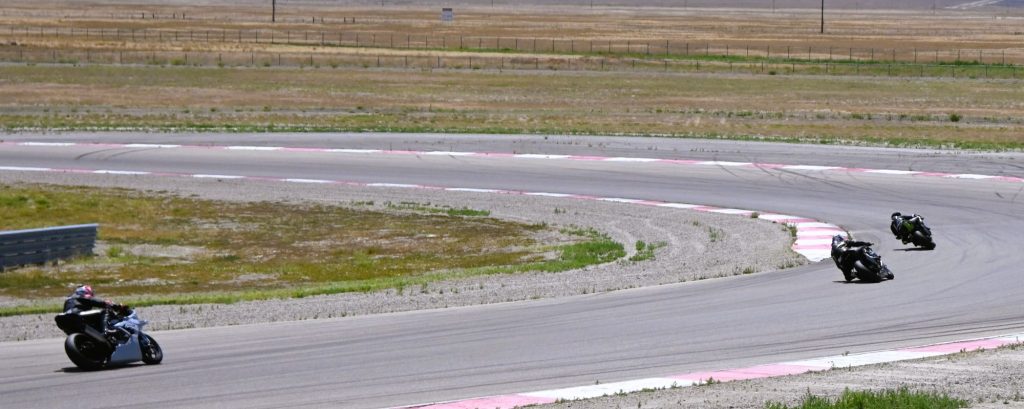

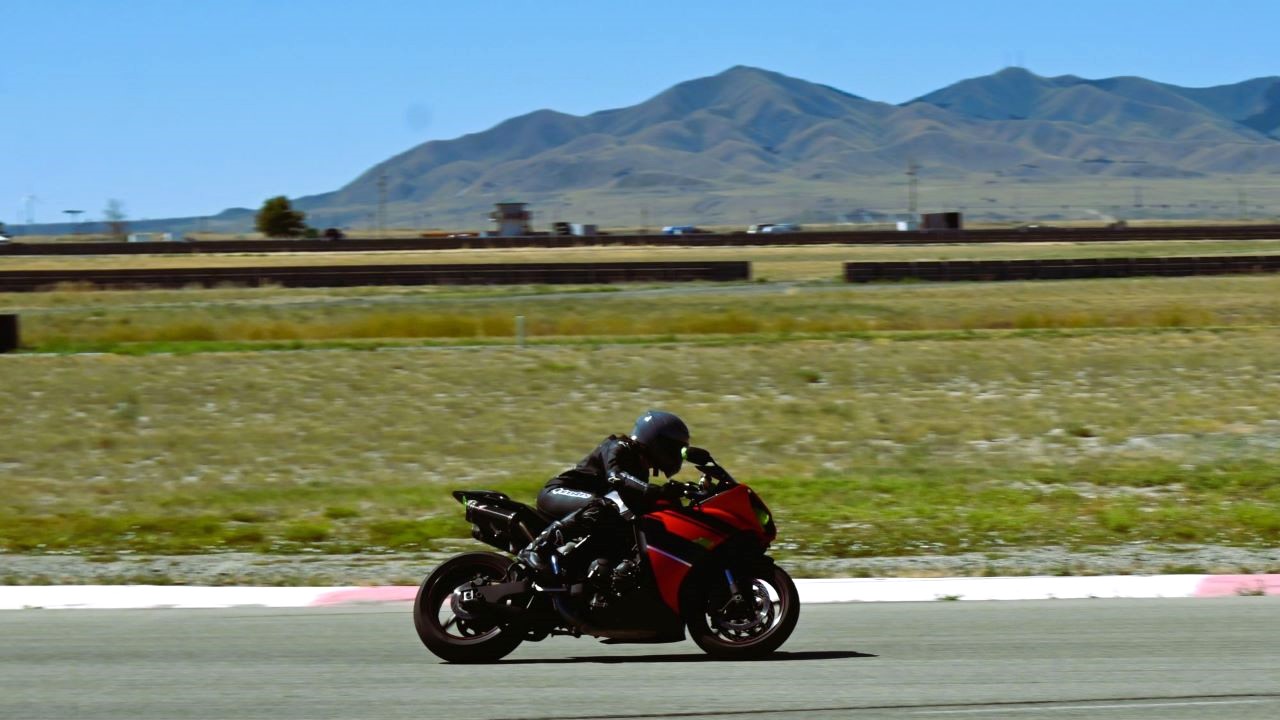



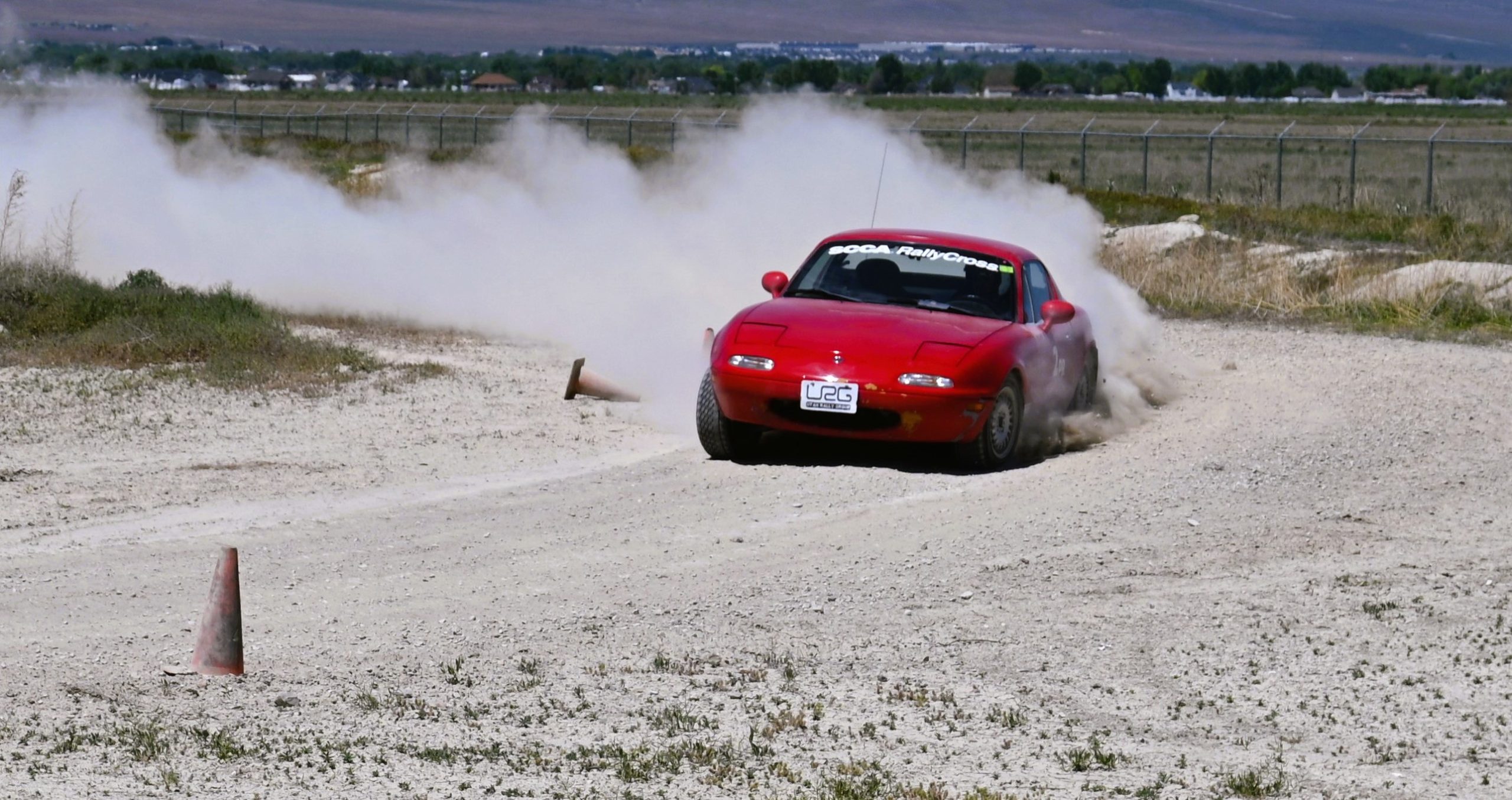

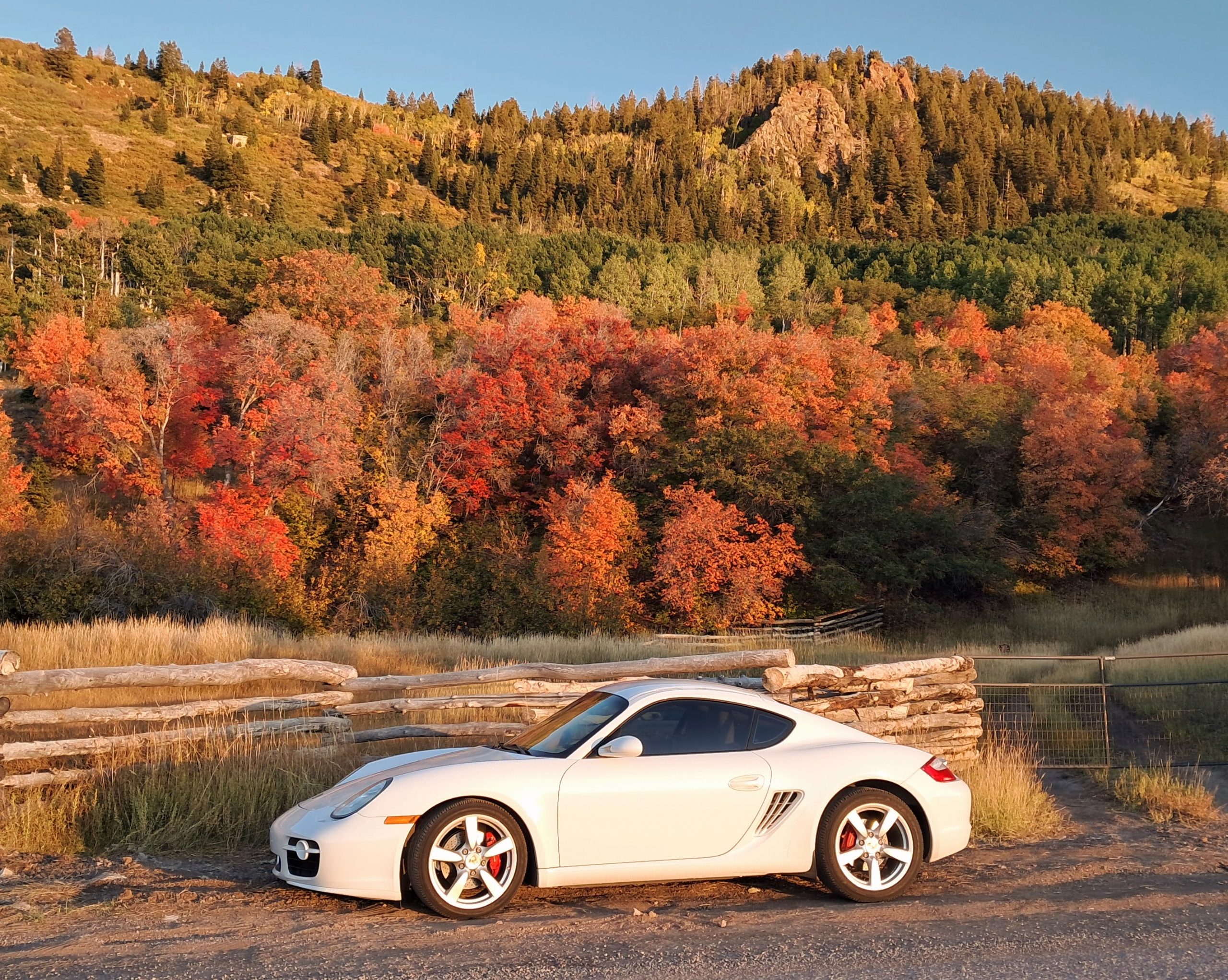
0 Comments